
Causes of light pollution

Light pollution is a problem, but there’s no single country, group, or industry to blame. Instead, it’s a result of the whole world’s ever-expanding reliance on outdoor electrical lights for over 200 years. Fortunately, there’s a growing awareness that the ways we stave off the dark can actually have detrimental effects too.
Let’s look at where light pollution comes from:
Cities
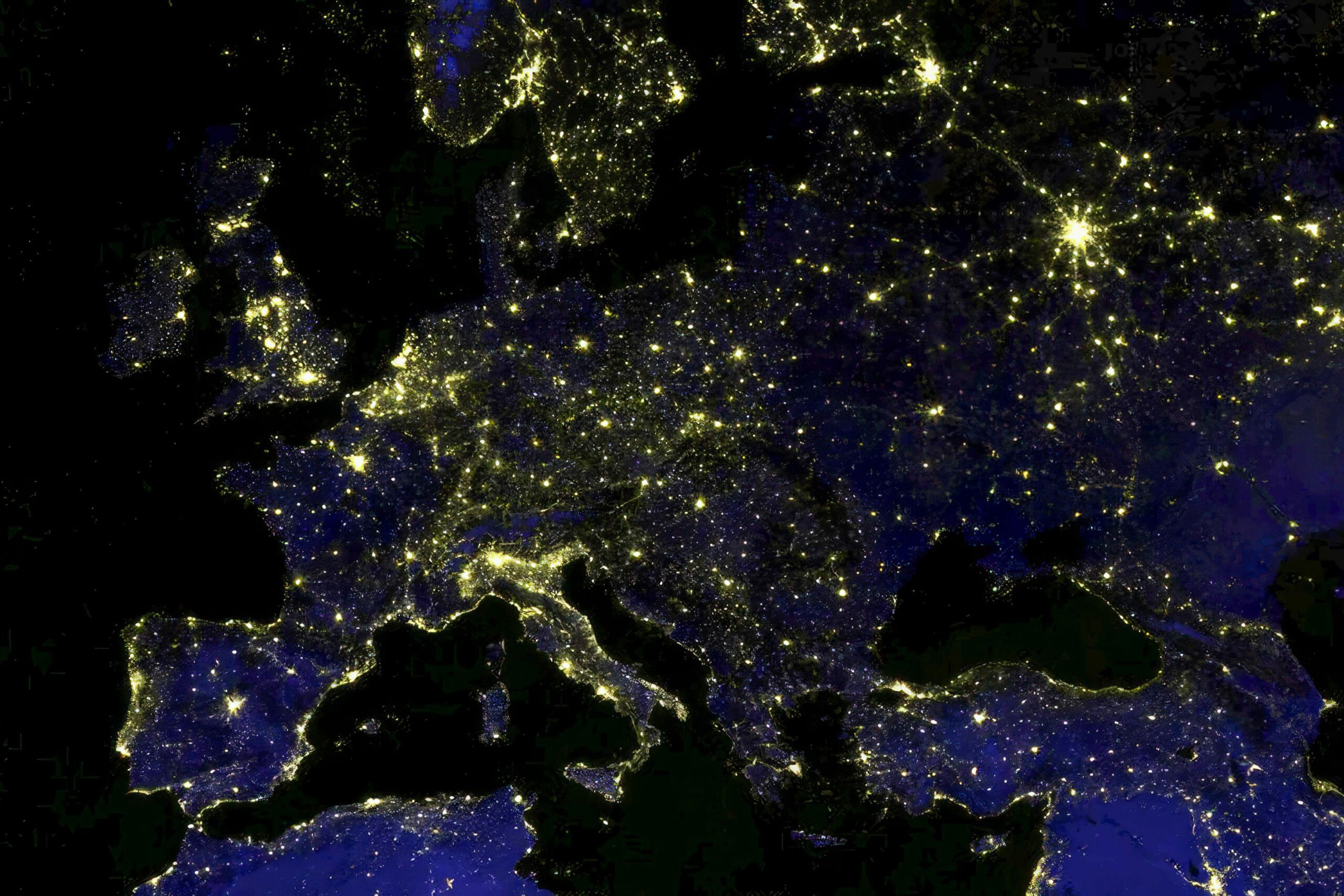

When people first went to space, it became dramatically evident how much humans were altering the night sky: Cities are easily viewable from the International Space Station (ISS) at night. Decades on, astronauts on the ISS have observed the light pollution growing as cities sprawl ever larger.
Cities account for most light pollution since they have the most unshielded, improperly colored lights, sending light upward into the sky rather than downward for human safety.
Learn more: City lights from space
Learn more: NPS Night Sky Initiative part of emotional video by Astronaut Jeff Williams
Outdoor lights

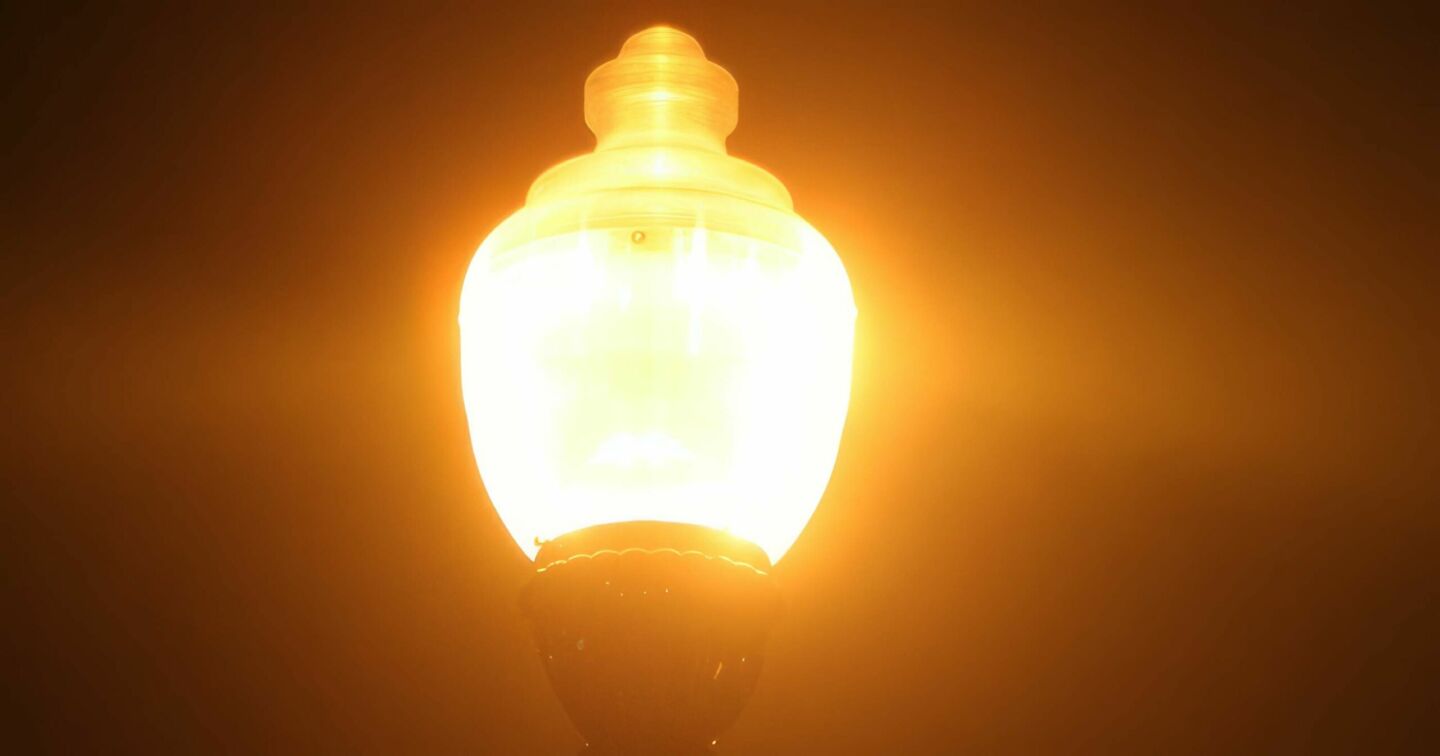
From unshielded pathway lights and streetlights to illuminated signs, most light at night is wasted, spilling up into the air instead of down at the ground where it’s needed for safety and wayfinding.
Learn more: The Five Principles for Responsible Outdoor Lighting
Learn more: City’s LED retrofit shows need for careful lighting choices
Streetlights


While streetlights can be retrofitted to be dark sky friendly, most cities and towns haven’t accomplished this yet.
Learn more: 5 popular myths about LED streetlights
Learn more: Experiment uses smart city lighting to measure streetlight emissions
Electronic advertising
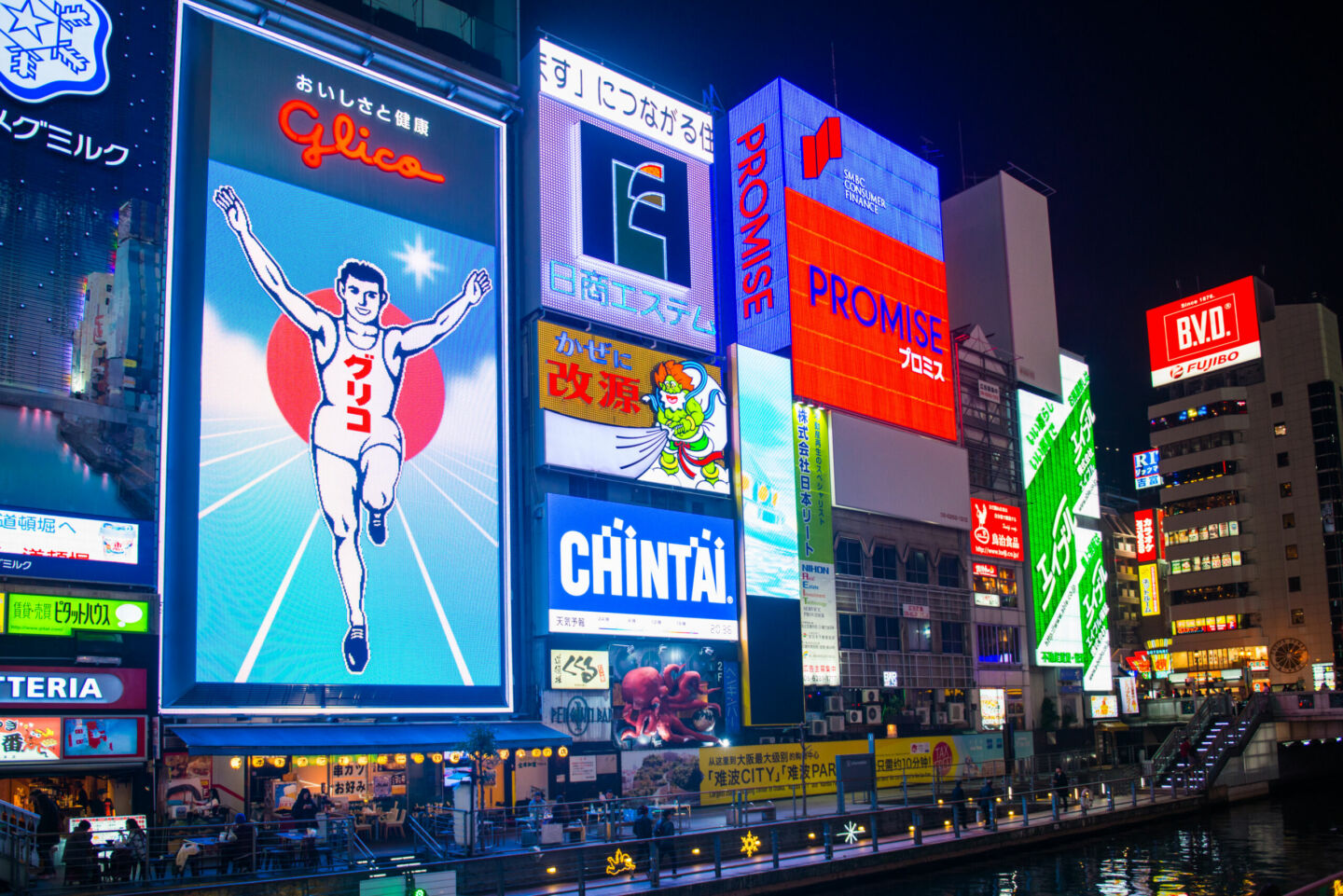

Electronic billboards, also known as electronic messaging centers (EMCs) can be up to ten times brighter at night than traditionally lit billboards. LEDs from EMCs cannot be shielded, so light is flooded into the night sky.
Light from EMCs can cause glare and be a dangerous distraction to drivers. In some cases, EMC light can be visible from long distances and may affect the breeding, foraging, and orientation behaviors of nocturnal wildlife.
Position statement: Our position on electronic billboards
Learn more: Guidance on how to properly implement an EMC
Parking lots


Keeping empty parking lots lit all night without timers causes light to be reflected upward into the sky, not to mention wasting energy. Car dealerships, shopping malls, and industrial lots are too often overlit and wasteful.
Learn more: Dark sky friendly outdoor lighting for policy makers
Sports lighting


While nighttime sports offer plenty of valuable benefits to humans, poorly designed lighting at outdoor sports centers, fields, and stadiums causes increased light pollution in parts of town that are often adjacent to open space and parks — habitat for our non-human neighbors.
However, recreational sports lighting can be configured and designed to be effectively shielded to illuminate the field of play and minimize or eliminate glare and light trespass.
Position statement: Our position on sports lighting
Learn more: DarkSky‘s Outdoor Sports Lighting program
Greenhouses
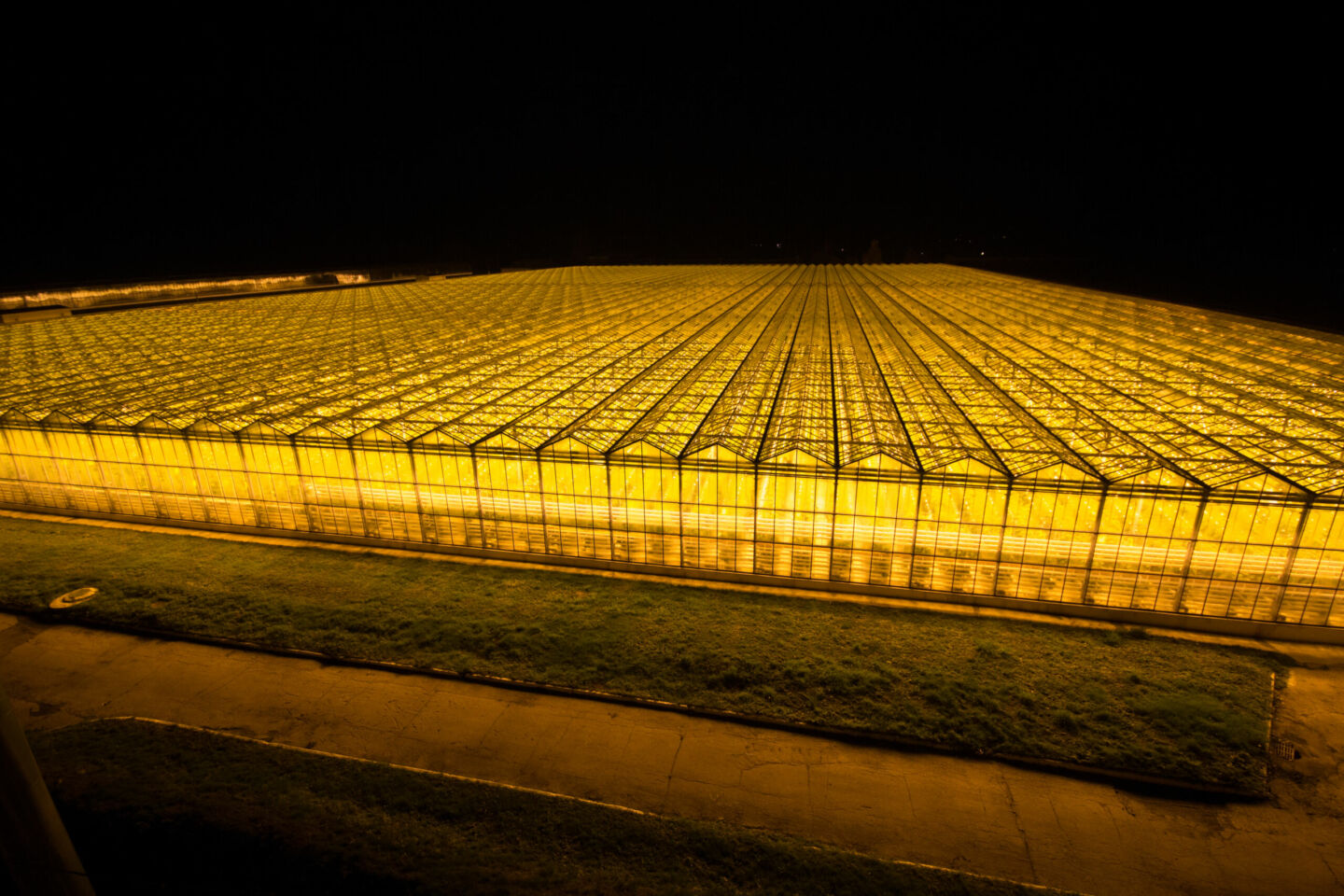

Residents in North America and Europe increasingly report strange glows in the night sky. Lighted greenhouses in densely populated areas are creating conditions of light trespass. Bright glows in unusual colors over greenhouses are sometimes considered a nuisance by neighbors.
Governments largely have yet to confront the situation, in part because it’s not clear how to regulate the light that greenhouses produce. With few regulations in place and a friendly business climate in many areas, operators are choosing increasingly to light all or most of the night with few, if any, legal consequences.
Learn more: What does lettuce have to do with my night sky?
Learn more: A land of perpetual false dawn
Factories and industrial


Warehouse distribution hubs, gas and oil production, and more.
Learn more: Good and bad outdoor lighting
Houses and apartments


Learn more: 15 million tons of carbon dioxide emitted each year on residential outdoor lighting
Landscaping and mood lighting


We love our Instagram-worthy backyards lit with party lights, landscape lights, and such, but when no one’s there to use it, the energy is wasted and it contributes to light pollution in our neighborhoods. Outdoor lights should always be on a timer, sensor, or just plain shut off when not in use.
Learn more: The Five Principles of Responsible Outdoor Lighting
Rural places


Cities and suburbs may be the biggest contributors to light pollution, but rural places aren’t off the hook. Overlighting can happen anywhere that unshielded light fixtures cause glare, light trespass, and upward scattered light.
Oil and gas production
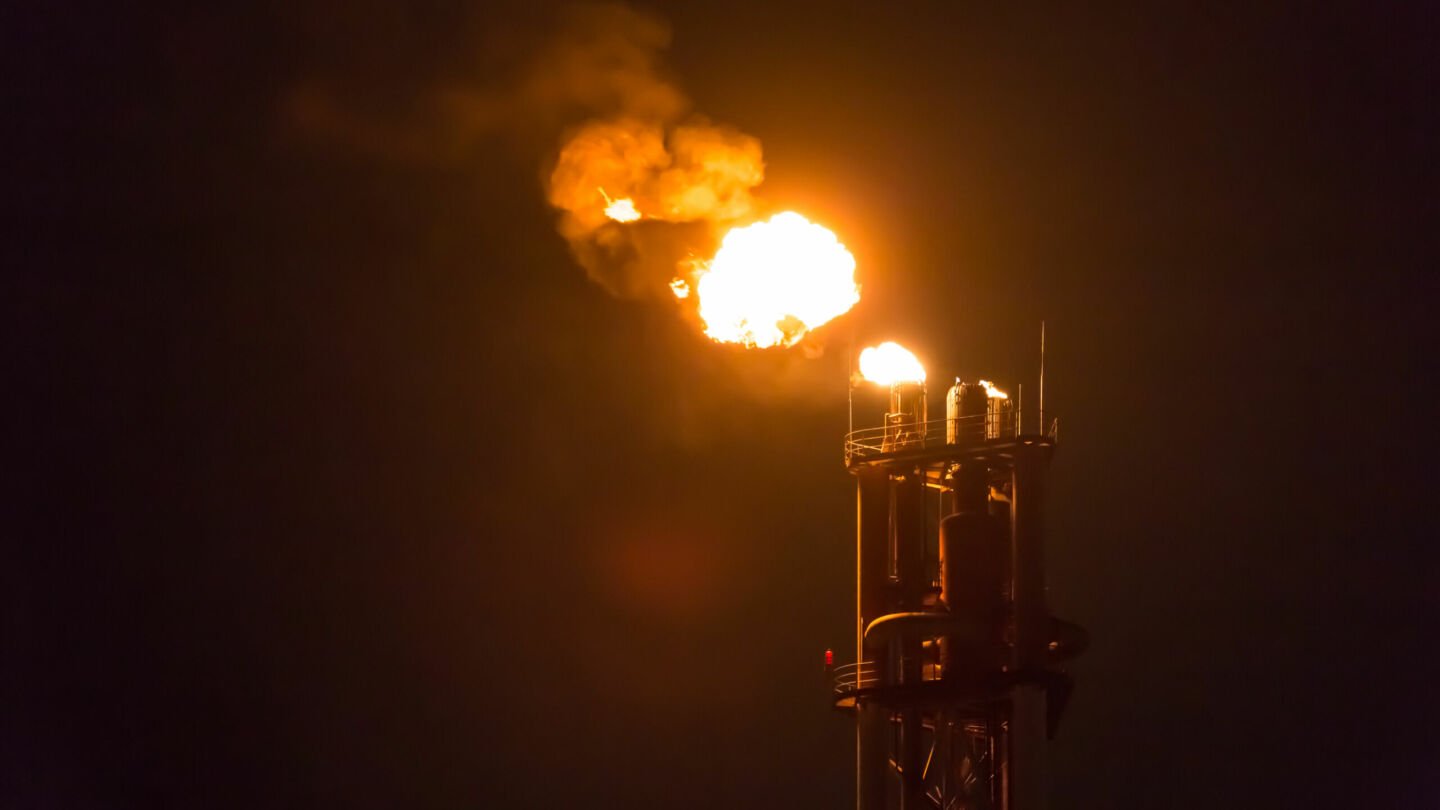

Photo credit: NOAA, Tim Wallace.
Massive oil and gas development projects are often located far from populated areas, but that doesn’t reduce their negative effects on wildlife.
Artificial light at night throws birds off their migration paths. Some have been known to fruitlessly circle bright natural-gas flares, unable to navigate away from the light and as a result lose close to half of their body weight in one night.
The satellite composite image above shows light pollution from oil and gas flares in the western United States (2015 composite data).
Learn more: Blinded by the light pollution · The Revelator
Satellites


Astronomers have expressed unease in recent years about the growing number of objects orbiting the planet, particularly large fleets of communications satellites known informally as “mega-constellations.”
Research published in the Monthly Notices of the Royal Astronomical Society Letters, finds that objects orbiting Earth elevate the brightness of the night sky by at least 10 percent over natural light levels, exceeding a threshold that astronomers set over 40 years ago for considering a location “light polluted.”
Position statement: Our position on satellite megaconstellations
Learn more: Satellite megaconstellations


















